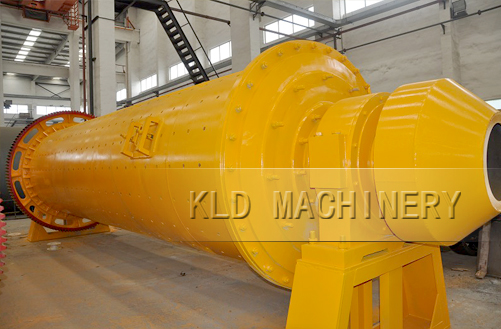
We know that the ball mill works by relying on friction and impact force from grinding body in the cylinder to crush the material. When the speed of the ball mill cylinder reaches a certain value, the centrifugal force generated by the abrasive body is equal to its own gravity, which results in the abrasive body being lifted to the degree of disengagement angle of 0 degree, that is, the abrasive body will closely adhere to the cylinder, rotates together with The body without landing, this time the speed becomes a critical speed.
When the rotation of the mill barrel reaches the critical speed, if the grinding body close to the wall of the cylinder, can not play the role of crushing, at this time, its crushing function of the material is zero. When the rotating speed of the cylinder slows down, the grinding body is in a state of falling-off and the crushing effect is very weak, that is, the crushing ability of the material is very small. Therefore, the cylinder speed, by which the grinding body produces the maximum grinding work is called the theory appropriate speed of ball mill. To get the maximum crushing power, the grinding body must have the maximum landing height. According to the calculation formula of the critical speed, the theoretical speed of the mill is 76% of the critical speed. In actual production, the speed of the mill fluctuates by 76%.


